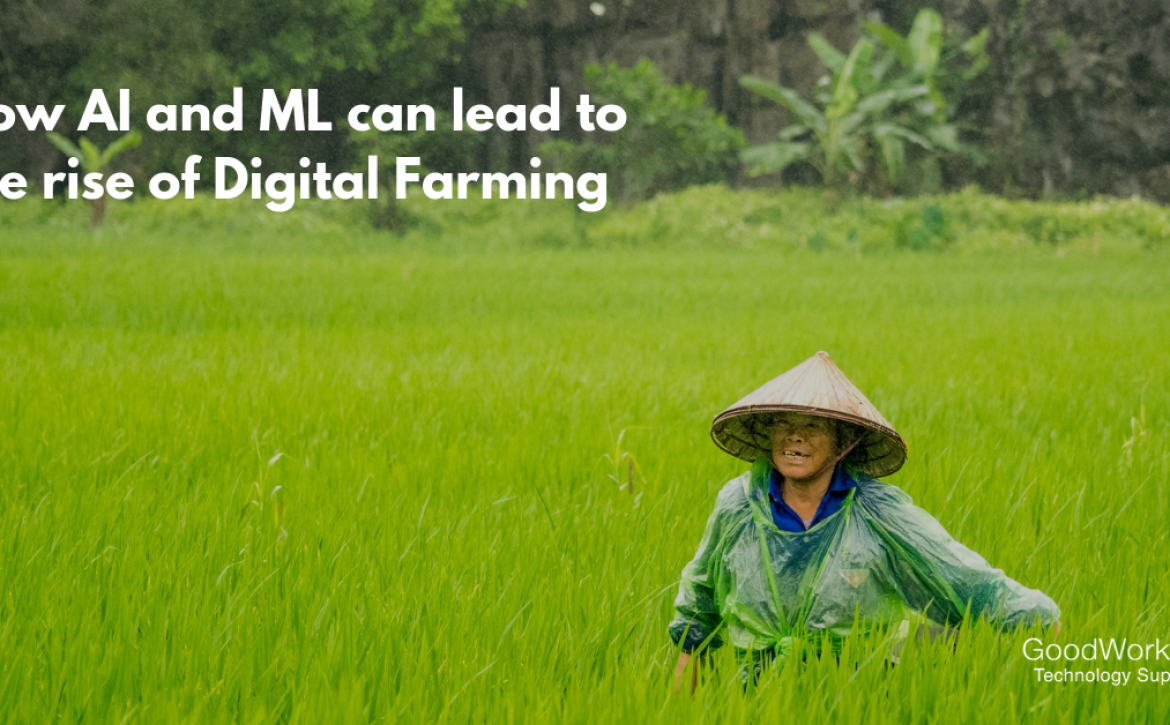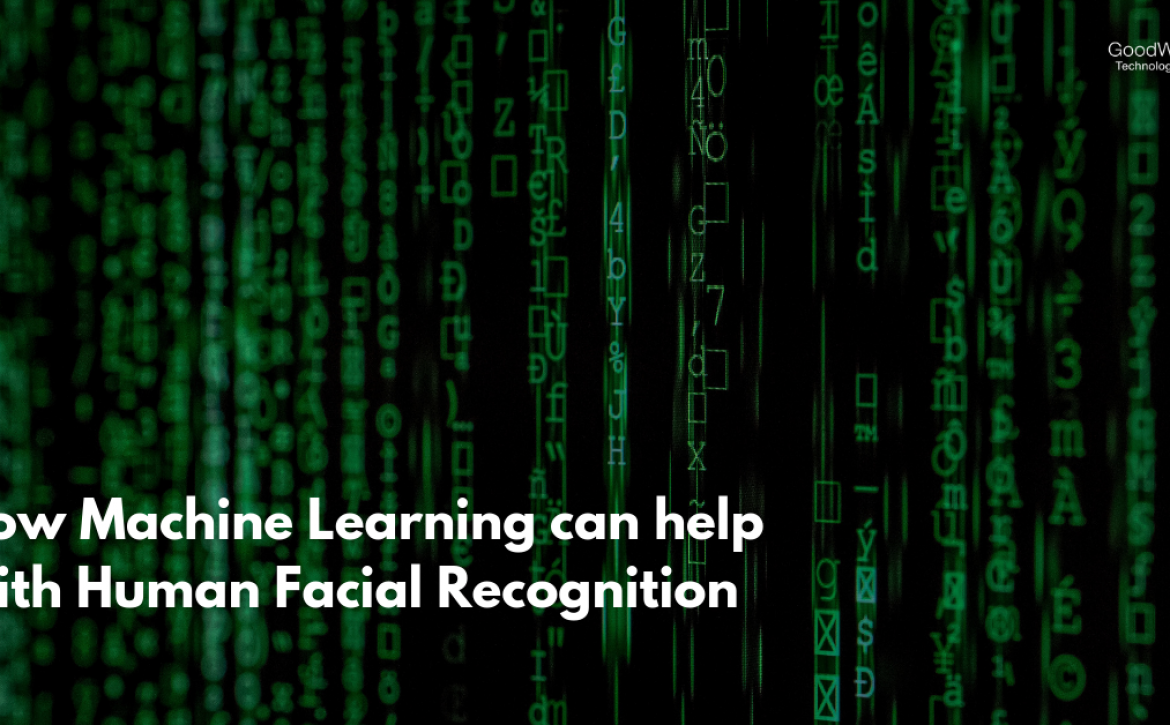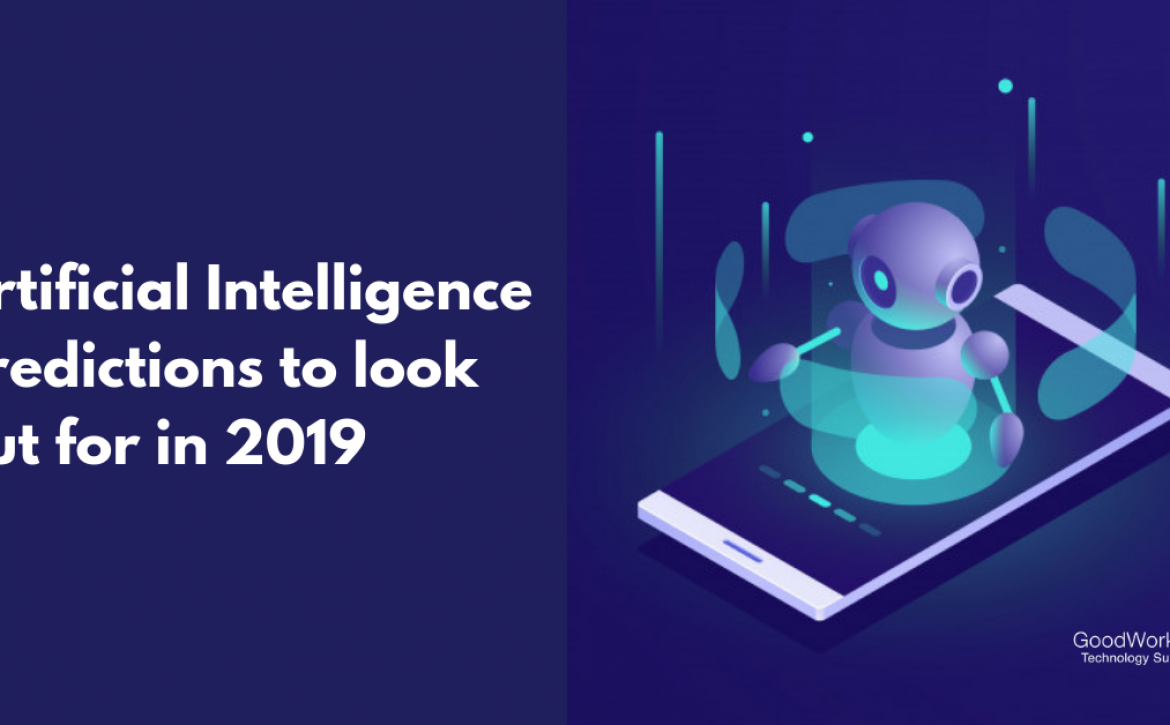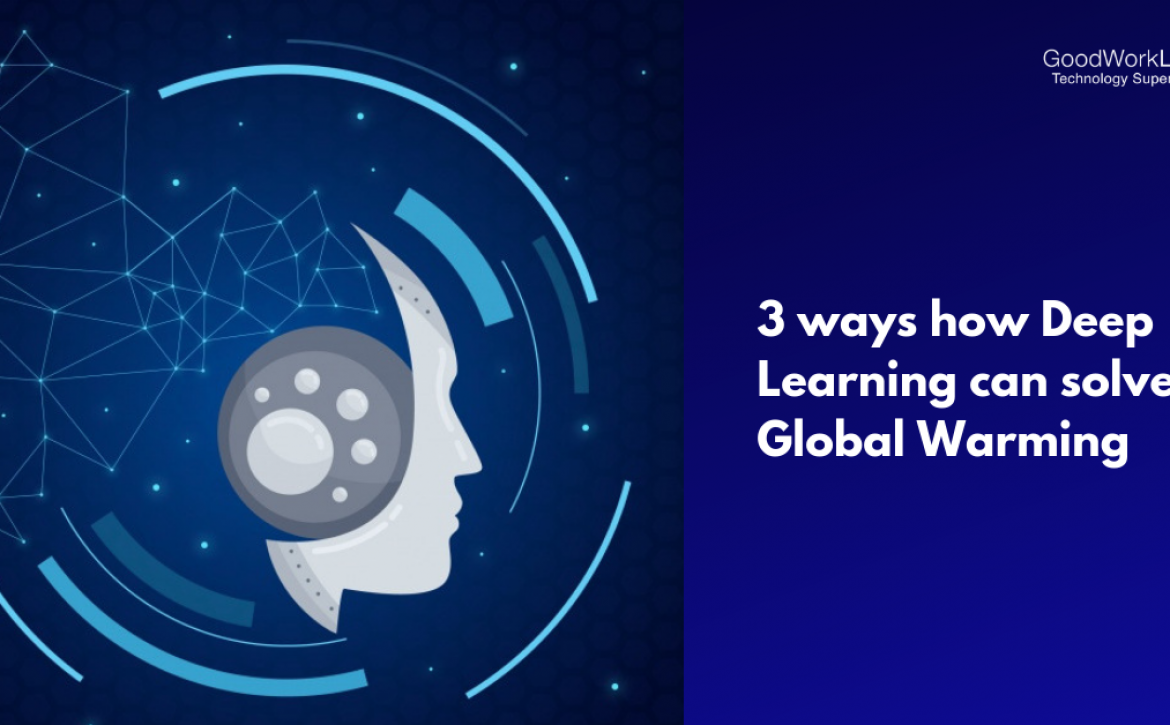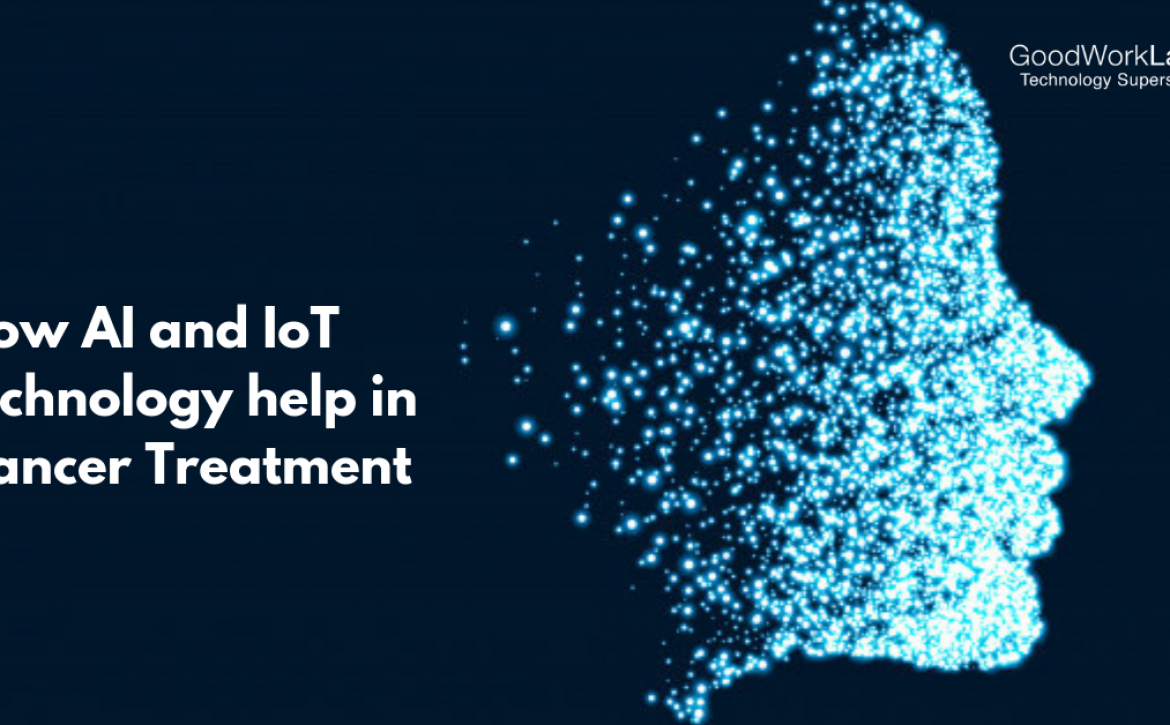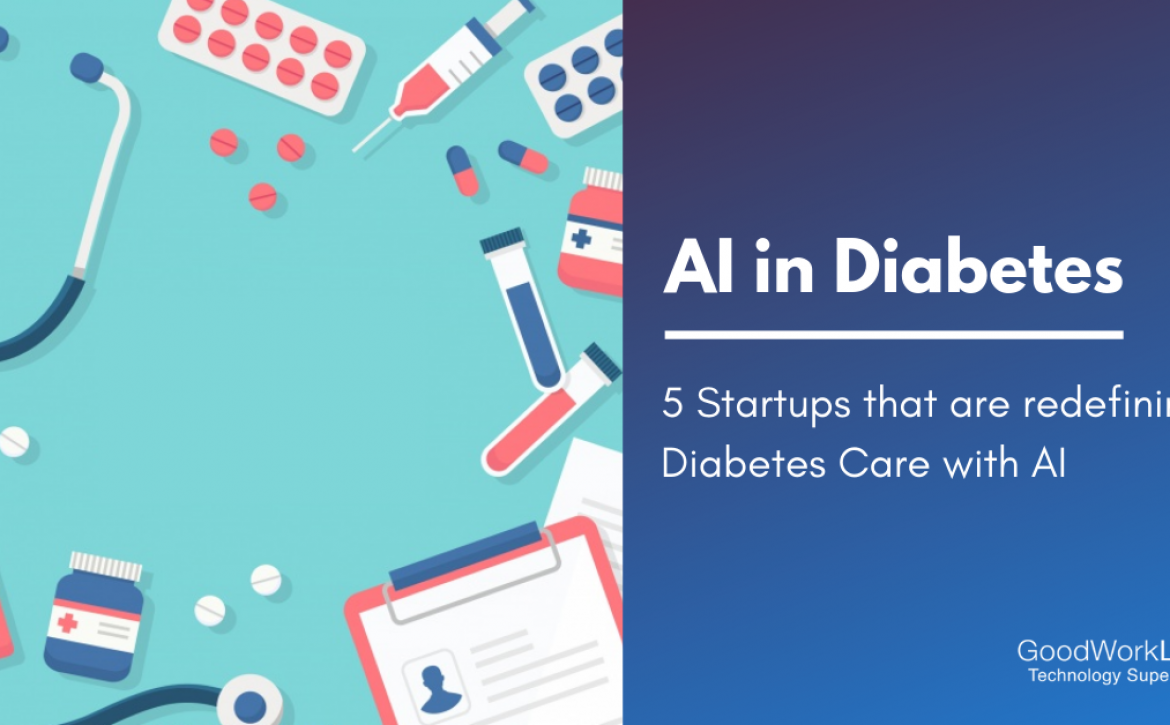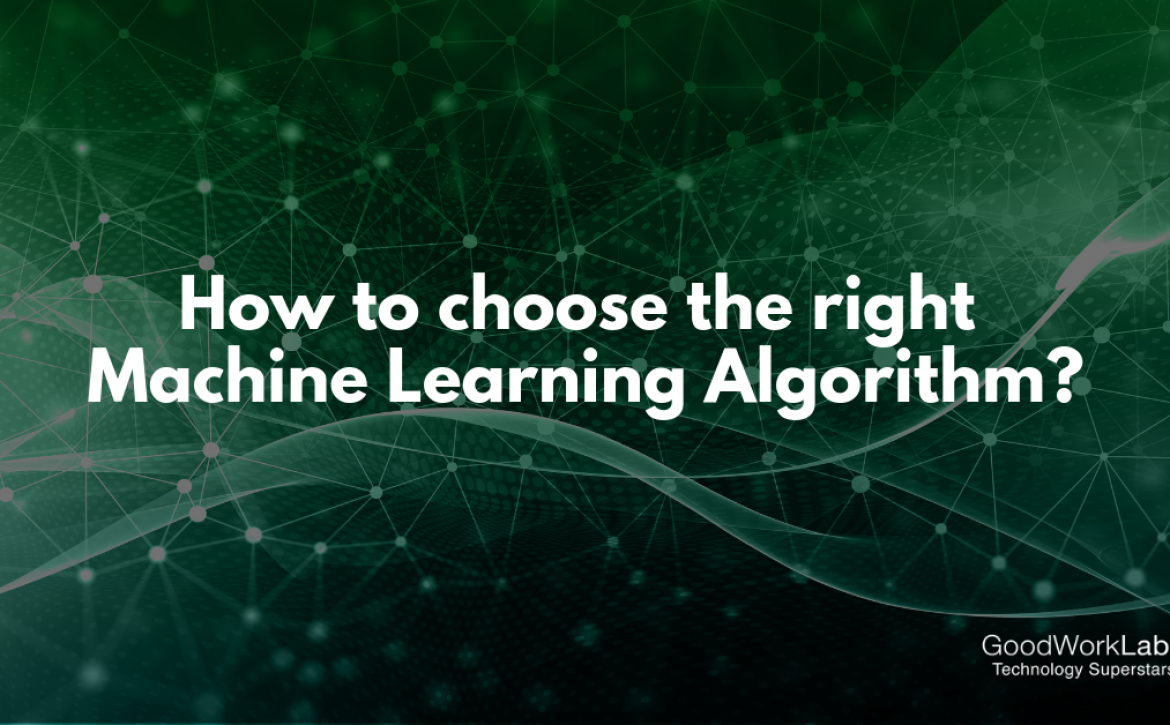The Future Of AI-Driven Business
Machines will take over our lives & How…
Electricity was one of the most incredible inventions of human after the fire, which changed human life in many ways. Now, after the electricity, Artificial Intelligence (AI) has drastically changed human lives. It is said that AI is yet to offer benefits to human. It was a prototype in the 1950s but has come up in many positive usages in recent times. What matters the most is the fact that we are getting encompassed with technology day-by-day and this is just the beginning of human’s much involvement in technology.

Everything has advantages and disadvantages, the case is no different for AI. The more we start making use of it, the more we will realize the negative impact of the AI. Just like when electricity is misused, we can even end up dying; AI is one of the most advanced things with its own set of disadvantages.
Setting aside the negativity, there is enough positive approach of the AI in the recent business set up. AI is said to decrease the workload and get the job done in one day which otherwise would have taken more than ten. Human intelligence created AI and it is expected to have a huge database that sets its own IQ. The evolution of the entire technology ecosystem has led to the free rise of the advanced and improved AI system that is bound to bring new changes in the present and future way of dealing with the business. Based on the ongoing trend, the future of AI-driven businesses will be something like this:
Digital business transformation
The megalith system that hid a lot of data is now being unleashed by the AI. It is bound to provide the best quality deals at an effective rate. The legacy of modernization has to lead to a lot of changes in the digitization process as well. AI is the next best option for us and so AI specialists are constantly finding a positive way out of it. There are chances that you will have to find a way to evolve your business with time on the lines of AI. The single work process is now shutting down. One business will have multiple users and multiple procedures based on the comfort of the people. With the onset of AI, the old process is going to break down or replaced by the new digital era.
Tech democracy
The freedom to create a database of any size in today’s world has a bulk. The estimated creation of data can be taken into account of 2.5 quintillion bytes. Thanks to this estimate that the AI found its way. The human’s constant contact with the machines has given way to the creation of artificial intelligence that can make the lives and the work of the humans a lot easier. AI is believed to lessen the task and offer freedom to create a database and make use of everything.
Harnessing the data
With the launch of AI, the data has been easily preserved. The data that we are harnessing has its own limitations and that has always been a problem which obstructs the smooth work process. Therefore, you will have to make sure that you find a good option to make sure that at no point the work creates a problem. The AI is the next best thing that technology has gifted the world and this can be the option to harness the data in a better way.
The future of the business
Given the capability of AI, it has the potential to impact our future. It is about to change the history of innovation and can make sure that you get the best solution when it comes to getting the work quickly and efficiently. The AI market is rapidly growing, but when it comes to helping any layman, it is still to take up that place. The change is the most constant factor for any future and given the fact that AI is about to bring the most impressive and noteworthy change in the history of technology.
AI to Science
In 2013, MD Anderson Cancer Center set forth a “moon shot” project that estimates a cost of $62 million. It was believed to diagnose cancer and offer a suggestion of treatment. However, the project has stopped because of the exceeding budget, but it is still being worked on. We can say that it is not only the business that AI is about to touch but it is sure to awe human lives in every way possible. We will have to wait for the AI to come into the real being and how it will affect our lives. There are many trial and error methods that are in the picture, but we are yet to find the real usefulness of the AI.
The invention of computers, telephones, and mobiles has globalized the world, but to keep up with the pace of technological updates, AI is the gift that the masters have given. It is about to provide new wide scopes to the future of the business and it is always better to stay updated with the new things to know about the changes that we are going to see in the recent future.
There are always a set of doubts, bias, and worries that come with the AI, it is going to support the basic information. But making it adaptable to the environment matters the most. It is true that it is “Artificial” after all. There will be drawbacks and biases towards the creator. Therefore, AI might take a lot of time to come into the picture but the bell is already ringing.
AI is one of the best sources to create a stronger bond between human and machine. We will have to simply wait and what the result is and how the machine will take over our lives. It is important to make sure that machines do not take over us and that we have control over it. The AI for the future business is a prototype and can promise to offer the best quality result when it comes into practical usage.
To know more about how AI can help your business, reach out to us:
[leadsquared-form id=”10463″]




